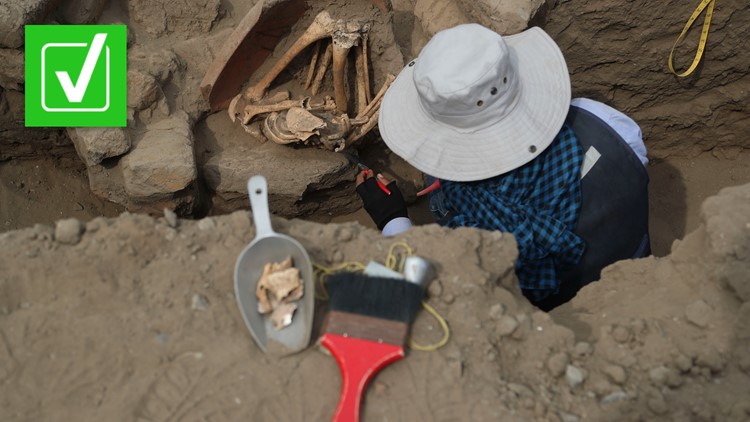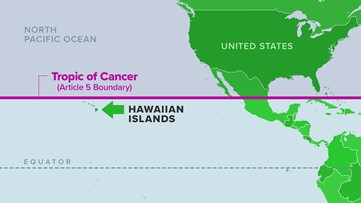After massive wildfires, devastating heat waves, a record-breaking hurricane season and a crippling pandemic, social media users have regularly joked that 2020 was a cursed year.
That may be why a post about the discovery of a skeleton with history’s oldest prosthetic eye went viral with more than 28,000 retweets. And it’s a possible reason for rumors swirling in the replies of both the viral post and the original post claiming the eye was removed from its skeleton in 2019, cursing the planet shortly before the start of the COVID-19 pandemic
THE QUESTION
Did archaeologists discover an ancient skeleton with a prosthetic eye, and did they remove the prosthetic eye?
THE SOURCES
- The Circle of Ancient Iranian Studies (CAIS)
- Preliminary report from on-site archaeology team director Dr. Mansur Sayyed Sajadi
- Dr. Abdorreza Naser Moghadasi, Iranian neurologist
THE ANSWER
Yes, the skeleton with a prosthetic eye was found but not in 2019, nor was the eye removed shortly before the COVID-19 pandemic. Archaeologists discovered the skeleton in December 2006 and the excavation’s lead archaeologist held its prosthetic eye in pictures released with the initial announcement of the discovery.
WHAT WE FOUND
The Circle of Ancient Iranian Studies (CAIS) announced on Dec. 10, 2006 that a group of Iranian archaeologists in Iran’s “Burnt City” discovered an “artificial eyeball” belonging to the skeleton of a 28-32-year-old woman who lived about 4,800 years ago.
That announcement includes a photo of the archaeology team’s director holding the prosthetic eye. As further evidence that archaeologists removed the eye from the skeleton long before COVID, an Iranian news agency reported in a 2009 article that the eye would be temporarily displayed in the National Museum of Iran.
An article from Wired posted just 10 days after the original announcement includes the exact photo used in the viral tweet.
A CAIS article posted four years later in 2010 included additional details of the eye’s construction and also mentioned the woman the eye belonged to was 1.82 meters tall; that’s just under six feet tall. CAIS said she was “much taller than ordinary women of her time.”
Dr. Mansur Sayyed Sajadi’s preliminary report of the excavation says the earliest known artificial eyes prior to the discovery was dated to about 2000 B.C. in Egypt. This eye, therefore, would be the oldest.
In 2014, an Iranian neurologist wrote a letter to the editor of a public health journal that stated the eye “should be considered as the first ocular prosthesis in the medical history.” He says certain aspects of the eye’s design gives insight into the ancient society’s theories of vision and thus the eye had more than just an aesthetic purpose.
If the eye was cursed, then the curse would have to be pretty patient. Since the eye was first uncovered and removed from the skeleton in 2006, any curse would have had a 14-year incubation period before unleashing itself on the global population in 2020.
More from VERIFY: Yes, a great white shark really was rescued by dumping water on it and then pulling it by boat out to sea













